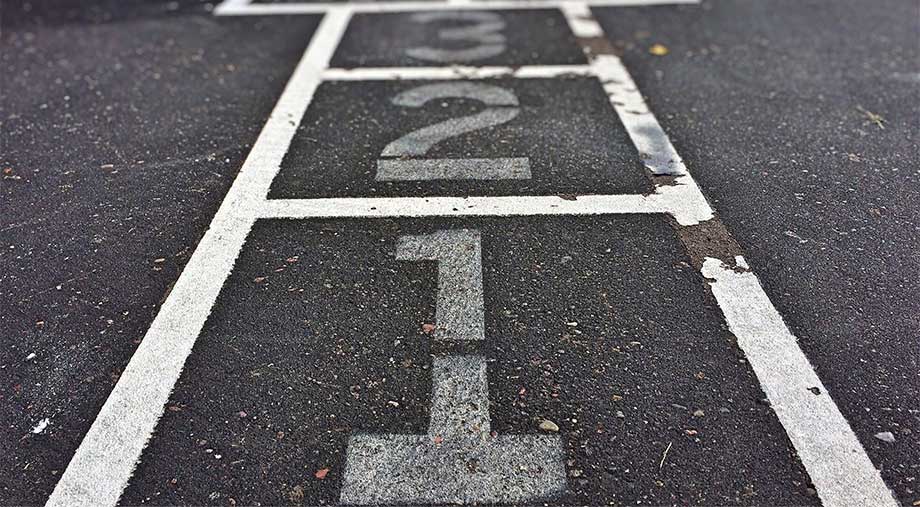What are the main things that are necessary to include on an invoice in order to be sure that it meets all the legal requirements?
In this blogpost, we take a look at three of the elements essential for each and every invoice you raise, all three crucial for creating a valid legal invoice, meaning that it will be recognised by HMRC, but also recognised by your customers as needing to be paid.
(You can, of course, skip this blogpost if you’re already a Debitoor user, as our invoice templates are updated constantly according to local requirements and regulations, ensuring that every invoice you complete is a legal document).

1. You include the word ‘Invoice’ on your invoices
This might seem far too obvious. Who doesn’t put the word ‘Invoice’ on their invoices? But this is in fact a very important part of invoicing. The invoice itself must clearly indicate its purpose - that it is an invoice, and this word should therefore be front-and-centre.
Yes, it might also seem redundant. If it’s not an invoice, then what else would it be? But there are a variety of other documents that are non-binding (such as proforma invoices), so in order to create a legal document requiring payment, it must say ‘Invoice’.
2. Customer contact details on every invoice
Also an obvious one. But important nonetheless. Not only do your invoices need to include your company contact details (or your own if you’re a freelancer), but also your customer’s information. This generally includes their business name and address.
It’s also useful to include phone number, email addresses (or the best way to get in contact), as this serves as easy reference for both parties involved.
3. VAT rates
Depending on whether your business is VAT registered, you will need to take care to apply VAT across your invoices and expenses. Businesses not VAT registered should add a default note to all of their invoices stating that it is not a VAT invoice.
Businesses that are registered need to display the VAT rates for each product or service that has been included in an invoice. Even if a specific product is VAT exempt, it will still need to be shown on the invoice as 0% VAT.
Your VAT number as well as your customer’s should also be included on the invoice if you are both registered.
With invoicing software like Debitoor, you can turn VAT on or off in your overall account, as well as save each type of product or service you offer with its specific VAT rate - meaning all you need to do when creating a new invoice is select that product/service from a drop down menu and the VAT rate will automatically be applied.
Read more about working with products or services that have different VAT rates on one invoice in our blogpost: ‘Invoice templates with multiple VAT rates'.
